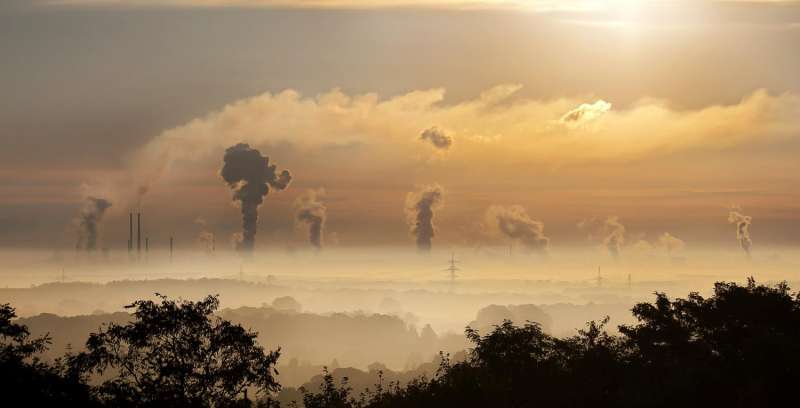Carnegie Mellon Power Sector Index sees renewables with highest growth rate

On January 9th, Carnegie Mellon University, supported by Mitsubishi Hitachi Power Systems (MHPS), announced the release of the Power Sector Carbon Index's third quarter update, measuring the carbon dioxide emissions intensity from the U.S. electrical power generation sector. In comparing the third quarter of 2017 to the third quarter of 2016, the index found that the U.S. power plant emissions averaged 1,035 lbs. of carbon dioxide per megawatt hour (CO2/MWh) in the third quarter of 2017, a decrease of 5 percent from the same time frame in 2016.
Overall electricity generation in the US was down by 5% from Q3 2016 to Q3 2017, with the largest share being generated from Natural Gas, though even this was down by 7% as compared to Q3 of 2016. Electricity generation from renewables was 10% higher in the third quarter of 2017 when compared to the third quarter of 2016—though nuclear still outstripped it at 19% of total generation. As of Q3, the rolling annual average of the Power Sector Carbon Index decreased from 1,324 lbs of CO2/MWh to 981 lbs of CO2/MWh.
"2017 being the second hottest year on record is just another indicator that we need to reduce greenhouse gas emissions more quickly," says Costa Samaras, assistant professor of Civil and Environmental Engineering. "Our index, which tracks the carbon-intensity of the US power sector, found that emissions intensity last year was 26% lower than in 2005. This is great news, but we'll have get a lot lower in order to avoid the worst impacts of climate change."
The data released as part of the Carnegie Mellon Power Sector Carbon Index (https://emissionsindex.org/) found:
· The Power Sector Carbon Index was down by 5% in Q3 2017 when compared to Q3 2016.
· Total electricity generation was down 5% in Q3 2017 when compared to Q3 2016.
· Coal generation was down by 10% in Q3 2017 (346 million MWh) when compared to Q3 2016 (386 million MWh). Coal represented 30% of total generation in Q3 2017.
· Carbon intensity of coal generation in Q3 2017 was about the same as in Q3 2016 (2,240 lb CO2 per MWh and 2,248 lb CO2 per MWh, respectively).
· Natural gas generation was down by 7% in Q3 2017 (401 million MWh) when compared to Q3 2016 (432 million MWh). Natural gas represented 36% of total generation in Q3 2017.
· Carbon intensity of natural gas generation was up 1% in Q3 2017 (944 lb CO2 per MWh) when compared to Q3 2016 (935 lb CO2 per MWh).
· Renewable electricity generation was up by 10% in Q3 2017 (156 Million MWh) when compared to Q3 2016 (142 million MWh). Renewables represented 14% of total generation in Q3 2017.
· Nuclear electricity generation was up by 2% in Q3 2017 (212 Million MWh) when compared to Q3 2016 (207 million MWh). Nuclear represented 19% of total generation in Q3 2017.
· Total direct CO2 emissions from the power sector in Q3 2017 were 528 billion metric tons, down 10% from 584 billion metric tons in Q3 of 2016.



















